Jika tidak ada produk atau paket yang sesuai dengan kebutuhan Bapak/ Ibu, jangan ragu untuk menghubungi kami di Nomor WA 0812 8187 4633 (tommy), 0813 8137 5014 (nedi)
QuadBridge™
Technology – Allows each 4-channel loudspeaker block to be configured
as Mono, V-Bridge, I-Share or Quad modes, allowing the total available
power of the amplifier block to be allocated to one or more output
channels. The amplifier is capable of driving both low impedance and
70/100V loudspeaker loads directly.
Bose® ControlSpace® Designer™
software – PowerMatch amplifiers can be fully configured using
ControlSpace Designer software via the front panel USB connection, or
the rear panel Ethernet connection. Using ControlSpace Designer software
you can access additional features including: Parametric EQ stages,
load sweep of each output channel and auto standby. ControlSpace
Designer software is also used to integrate network model PowerMatch
amplifiers into larger control and monitoring systems comprised of Bose
ESP processors and CC control centers.
Dual voltage and current
feedback loop – Proprietary design combines Class-D efficiency with a
unique current and voltage feedback loop circuit that continuously
monitors and controls both the current and voltage delivered to the
loudspeaker load. Independent of power level and load impedance, the
amplifier consistently delivers the widest possible dynamic range,
frequency response and lowest possible distortion.
PeakBank™
power supply – Regenerative 4-quadrant power supply enables higher power
density while allowing the re-use of energy from reactive loads that is
normally wasted in conventional Class-D designs. This highly efficient
amplifier design delivers sustainable and repeatable low frequency
response.
Fast-tracking power factor correction (PFC) –
Efficiently manages the current drawn from the AC mains, allowing the
amplifier to drive loudspeakers to maximum output longer without power
fluctuation. PFC provides superior transient response and functions at
peak burst power much longer than conventional Class-D amplifier designs
to satisfy the requirements of even the most demanding program material

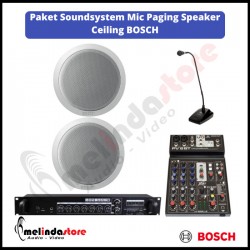
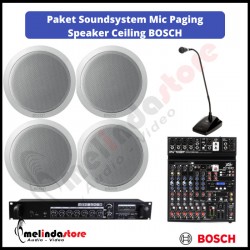

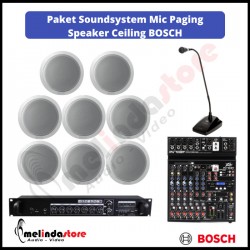
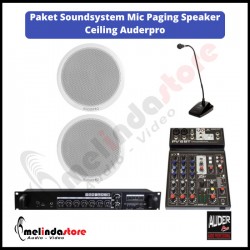
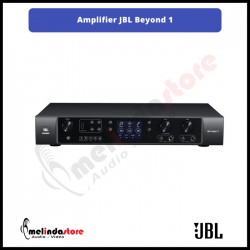
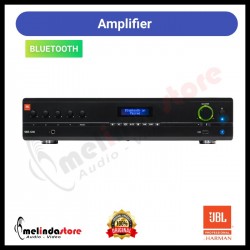
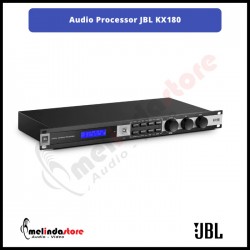
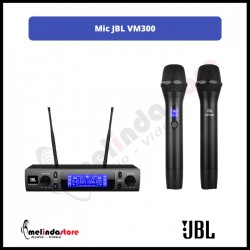


-300x300.jpg)
 (2)-300x300.jpg)
2-300x300.jpg)
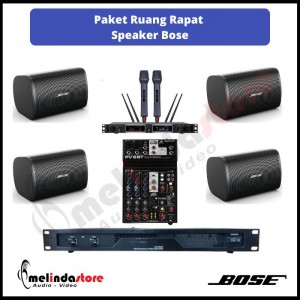
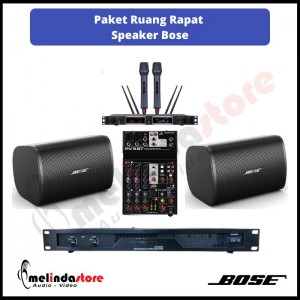
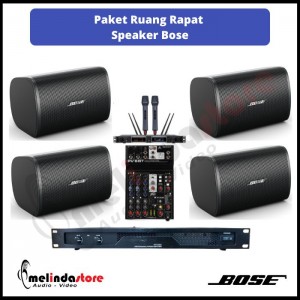
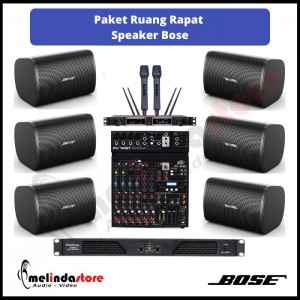
-300x300.jpg)
-300x300.jpg)
-300x300.jpg)











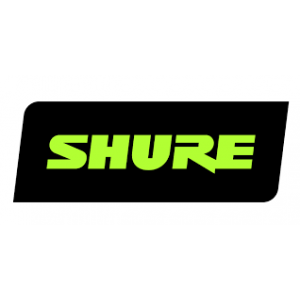










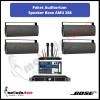
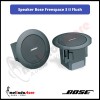

-100x100.jpg)
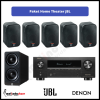





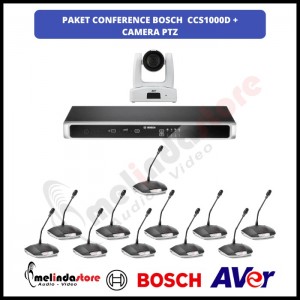

-700x700.png)


